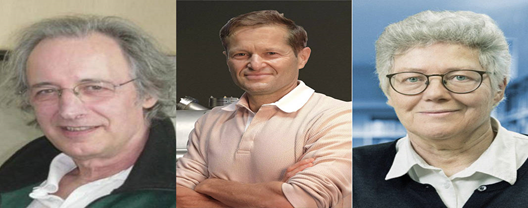

4th October 2023 (10 Topics)
Context
The Royal Swedish Academy of Science has announced that the 2023 Nobel Prize in Physics.
About the Prize:
- The prize, which was raised this year to 11 million Swedish crowns (about $1 million), is awarded by the Royal Swedish Academy of Sciences.
|
These prizes announced on consecutive weekdays in early October, the physics prize announcement will be followed by ones for chemistry, literature, peace and economics. |
- The Nobel Prize in Physics has been awarded to Pierre Agostini, Ferenc Krausz and Anne L’Huillier for their work in “experimental methods that generate attosecond pulses of light for the study of electron dynamics in matter.”
- Their experiments gave humanity new tools to explore the world of electrons inside atoms and molecules.
Their Contribution:
- Agostini, Krausz and L’Huiller developed a new way to create extremely short pulses of light that can be used to measure the rapid processes by which electrons move or change energy.
- Their experiments helped produce pulses of light so short that they can be measured in attoseconds.
- This means that the pulses can be used to provide images of the processes inside atoms and molecules.
|
An attoseconds is equal to a quintillionth (10−18) of a second. |
- The research conducted by the Laureates over a span of several decades allowed them to investigate processes that were so rapid that they were previously impossible to follow.
- This new technology is important to understand and control how electrons behave in a material.
|
What are electrons?
|



